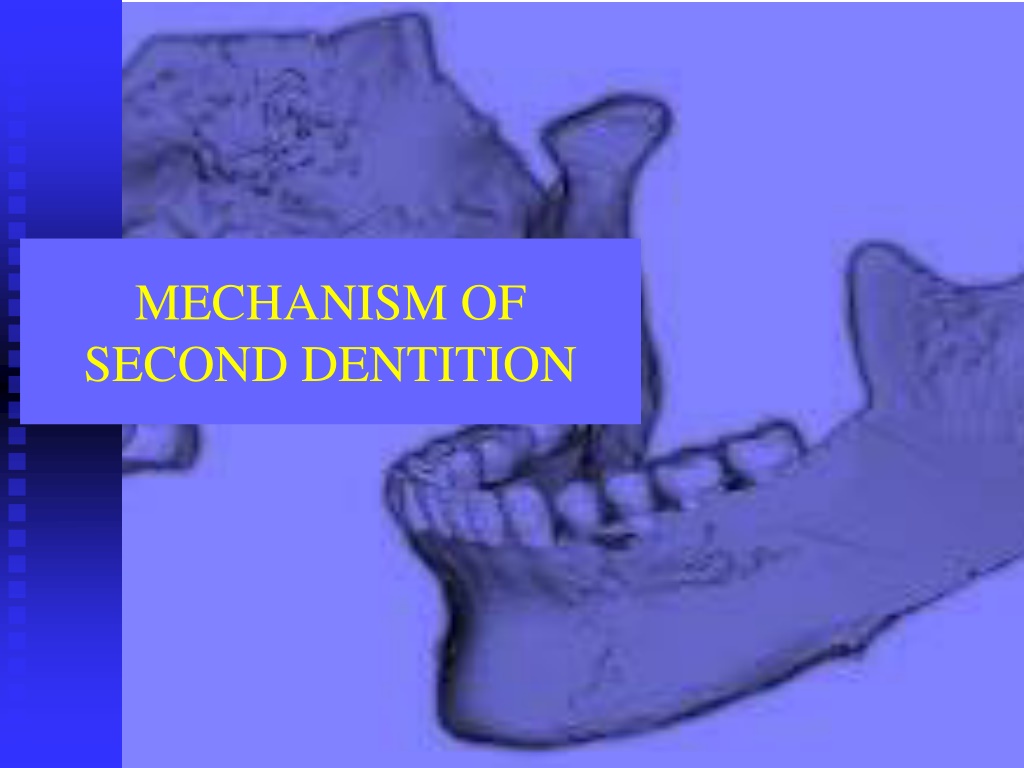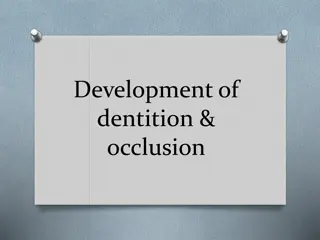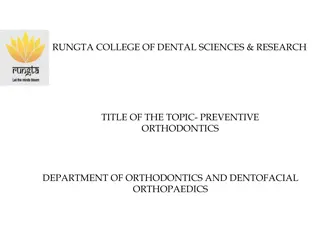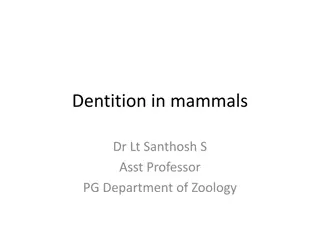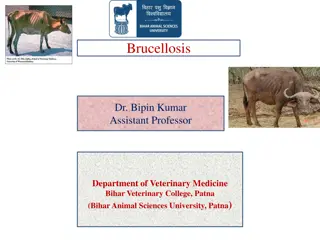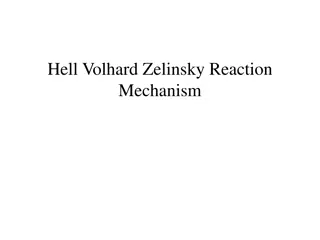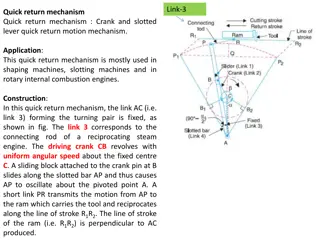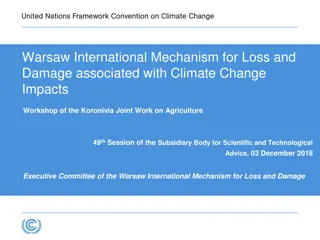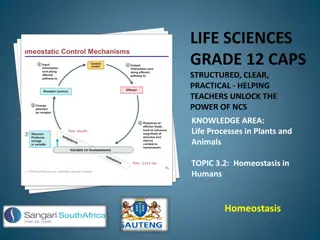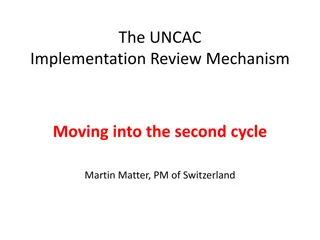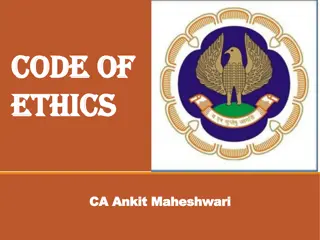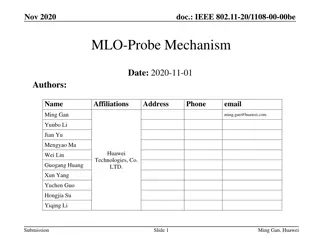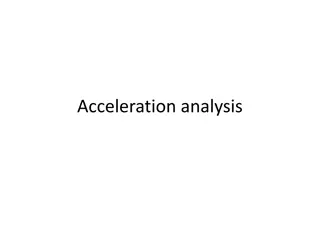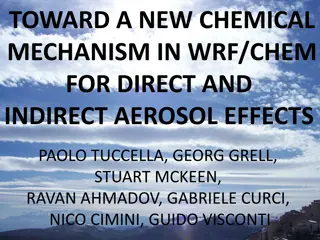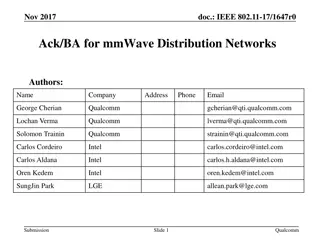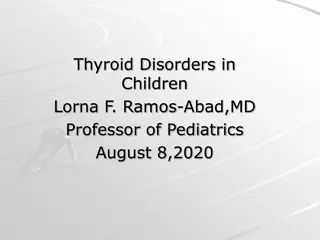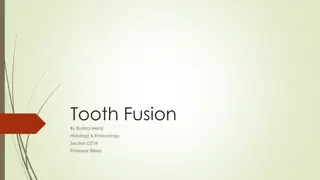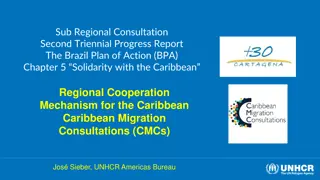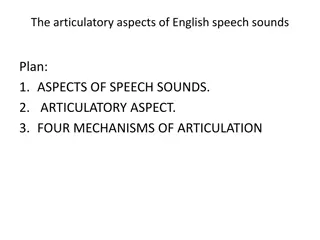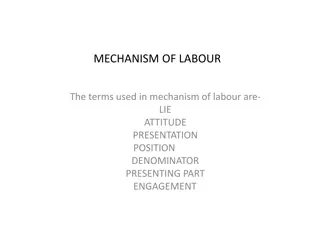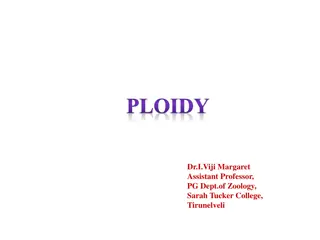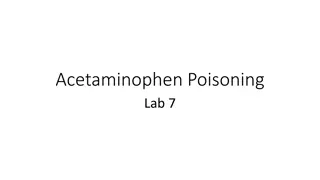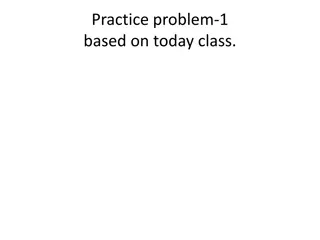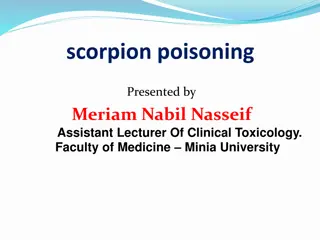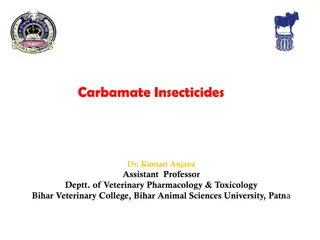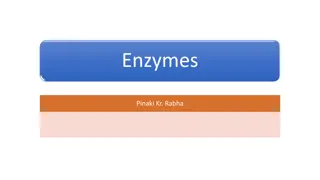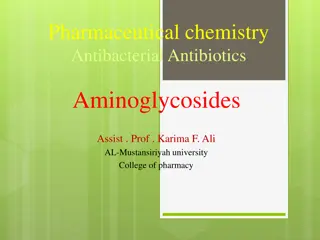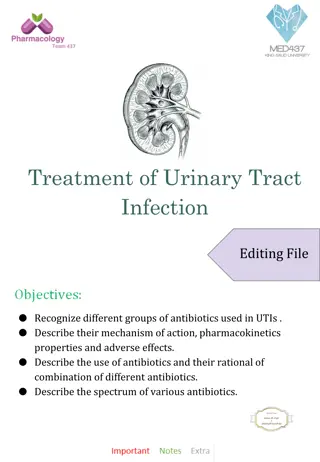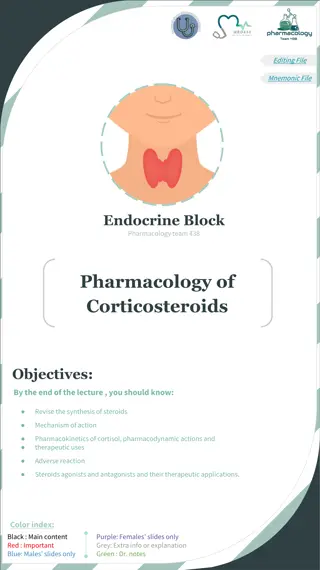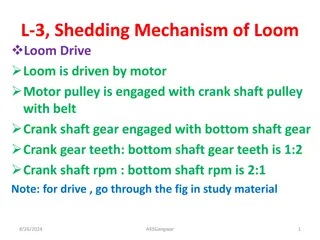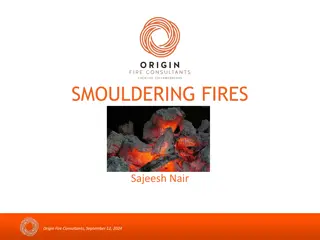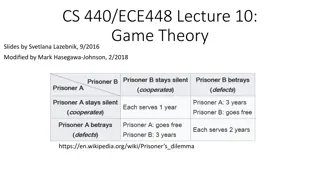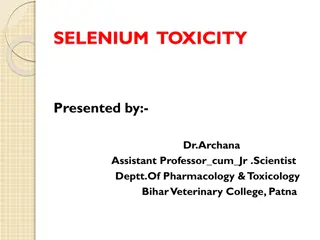Understanding the Mechanism of Second Dentition in Humans
Second dentition is a natural process involving the development of a second set of teeth in humans. This complex phenomenon includes factors like root development, periodontal changes, and functional occlusion. The process is crucial for normal craniofacial development and has implications for orthodontic treatment and cariology. The eruption timetable for permanent teeth is also highlighted, emphasizing the importance of recognizing and monitoring the stages of dental development.
Uploaded on Sep 20, 2024 | 0 Views
Download Presentation

Please find below an Image/Link to download the presentation.
The content on the website is provided AS IS for your information and personal use only. It may not be sold, licensed, or shared on other websites without obtaining consent from the author. Download presentation by click this link. If you encounter any issues during the download, it is possible that the publisher has removed the file from their server.
E N D
Presentation Transcript
MECHANISM OF SECOND DENTITION
Diphyodont and Heterodont humans homodont: all tooth are alike; heterodont: teeth have diferent shapes; poliphyodont: changing of teeth for the whole lifetime diphyodont : 2 sets of teeth mammals;
Root development - MOORREES et al. Root completely develped Apex open Apex closed Apex closed root root root MOORREES CF, FANNING EA, HUNT EE Jr. AGE VARIATION OF FORMATION STAGES FOR TEN PERMANENT TEETH. J Dent Res. 1963 Nov-Dec; 42:1490-1502.
SECON DENTITION - MECHANISM Mechanism several factors responsible for normal second dentition process Primary teeth period, after development of primary teeth transitory period: maxillary bones are preparing for the permanent teeth arrival.
SECOND DENTITION Physiological developmental phenomenon; Dynamic process: root development, periodontal development, functional occlusion.
SECOND DENTITION - IMPORTANCE Normal develpment of the craniofacial complex; Treatment planing, timing - orthodontics; Cariology.
6 years: M1 First permanent molars: at the end of the line; Sechsjahrmolaren ; There are no changing of teeth, so it goes often unnoticed by the parents!
ERUPTION - TIMETABLE Eruption sequences 4 5 3 3 4 5 vagy 4 3 5 PERMANENT T. Hidasi Feh r Upper 1. Molars 6 6-7 1. incisos 8 6-8 Eruption sequences Lower Lateral incisor 8 7-9 , 3 4 5 Canine 11 9-12 1. and 2. Praemolars 9-10 10-12 2. Molar 12 11-13 3. Molar - 17-21
CHARACTERISTICE Percentil presence of permanent teeth: prevalence of a particular tooth at a given moment in the population. dierences between the arches; sexual dimorfizm; Dental age determination!; dental status or the given age.
CHARACTERISTICS Average eruption time: the age when the percentil presence of the tooth is 50%. IMPORTANCE: describes the second dentition process; comparative studies between populations; acceleratio: comparison with older data!; Percenti presence: tooth type 15-40% Average eruotion time: tooth type 1-1,5 years.
BONE MATURATION Second dentition is paralell with bone maturation: Tanner-Whitehouse method TW2 (Tanner et al. 1975); Orthodontic diagnostic value!
GROWTH- TANNER End of secondary dentition Chronological age
SECOND DENTITION CRITERIA Presence of the permanent toothgerm Optimal position of the toothgerm Sufficient space Physiological root resorption
PRESENCE OF THE PERMANENT TOOTH GERM Aplasia prevalence: 3-4%; G bris et al.: I2 pm2 PM2 i1 Persisting primary teeth Bolk s terminal reduction theory
APLASIA: 35; 31; 41; 45. Persisting primary teeth: 75; 71; 72; 85 Bolk s terminal reduction theory: EXEPTION LOWER PERMANENT FIRST INCISORS 15
OPTIMAL POSITION OF THE PERMANENT TOOTHGERM Lower incidors: lingual eruption, erupting often in the presence o the primary incisors; Extraction of the primary teeth; Upper canines: Ectopia; Retentio/Impactio
MESIODENS DENS SUPERNUMERARIUS DENS SUPPLEMENTARIUS 17
Physiological root resorption Genetical code!
PATHOLOGY TIME SPACE THE PATHOLOGICAL TRIAS: Perturbance of the rootresoption; Persisting primary models; Retained permanent teeth.
PATHOLOGY DENTITIO PRAECOX DENTITIO TARDA DENTITIO DIFFICILIS
INFRAOCCLUSIO SECUNDARIA Partialis retentio; reinclusio; Submergentia; Halbretention submerged deciduous teeth
